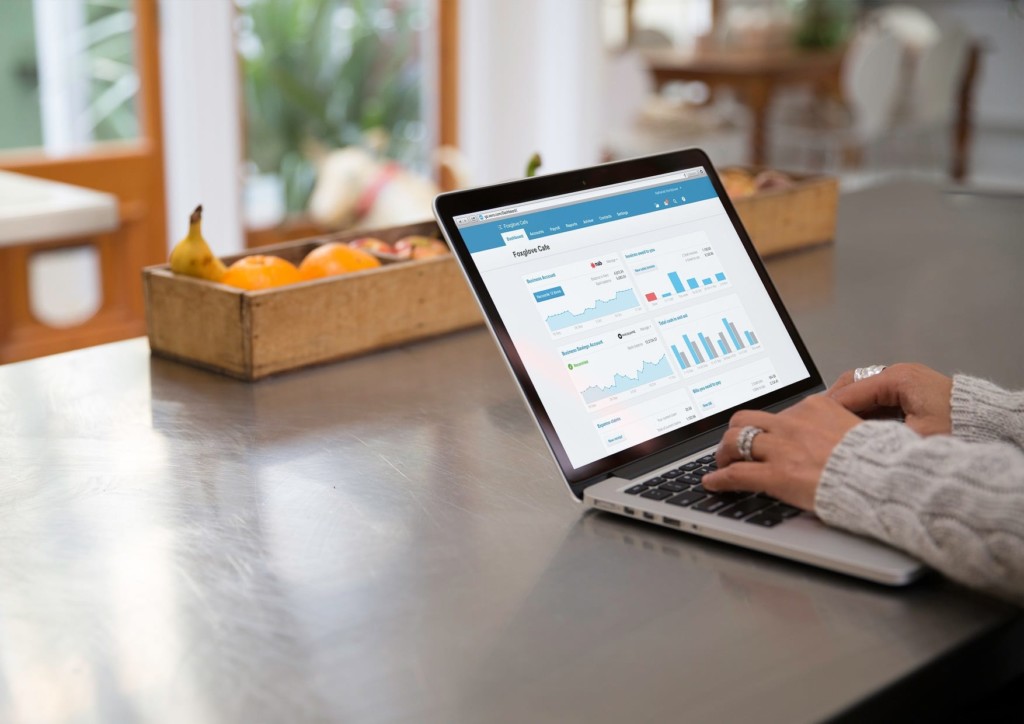Let’s start this blog with a bit of an explainer on Capital Gains Tax (CPT). It’s a term you hear all the time and it’s a term that’s easy to ignore because it sounds long and confusing. So, here’s what you need to know.
What is Capital Gains Tax?
Put simply: a capital gain or loss on an asset is the difference between what it cost you and what you receive when you sell it.
You pay tax on capital gains and it’s applicable to all assets you have acquired since capital gains tax came into play in 1985. However, most personal assets such as your home and car aren’t included. It also doesn’t apply to depreciating assets used solely for taxable purposes, such as a laptop used for your small business.
What is an example of Capital Gains Tax?
Let’s say you buy shares for $10,000. Then fast forward 6 months later and then sell those shares for $15,000. The capital gain here is $5,000. This $5,000 Capital Gain is then added to your taxable income and taxed at your applicable individual tax rate.
You have to declare your capital gains every year in your tax return.
What has changed?
So, what has changed and why do you need to know about it? Firstly, you will need to check if you are a small business entity.
Eligible entities
The rollover applies if each party to the transfer is one of the following in the income year in which the transfer occurs:
- a small business entity
- an entity that has an affiliate that is a small business entity
- an entity that is connected with a small business entity
- a partner in a partnership that is a small business entity.
This means that an entity not carrying on a business, but holding assets for a small business entity, may be able to apply the rollover. For example, where one entity owns a property in which another connected entity is carrying on a business.
– ATO
Previously, as a small business going through a restructure (for instance from a sole trader to a company), the transfer of active assets that are CGT assets, trading stock, revenue assets or depreciating assets, would trigger a capital gain thus you would cop CGT on the transfer.
Effectively, you would be taxed for moving your assets from one entity to another. As any small business owner will attest, having to come up with thousands of dollars so you can go through with the restructure is a big ask, and enough to deter many people from doing so. The government have now provided specific Small Business Restructure Rollover (SBRR) relief.
What is a genuine restructure?
As with anything, there are a few conditions that apply. It needs to be part of a ‘genuine restructure’ and there needs to be no change to the ultimate economic ownership of the assets.
Part of a genuine restructure explained:
The rollover is available where the transfer of assets forms part of a genuine restructure as opposed to an artificial or inappropriately tax-driven scheme.
Determining whether a restructure is ‘genuine’ depends on all the facts surrounding the restructure.
Some features or reasoning that indicates that the restructure transaction is ‘genuine’ are asset protection, maintaining essential employees, raising new capital or simplifying your affairs.
– ATO
To learn more, the ATO provides extensive information regarding a genuine restructure.
No change to ultimate economic ownership explained:
To be eligible for this rollover, the transaction must not result in a change to the ultimate economic ownership of transferred assets.
The ultimate economic owners of an asset are the individuals who, directly or indirectly own an asset. Where there is more than one individual with ultimate economic ownership, there is an additional requirement that each individual’s share of ultimate economic ownership be maintained.
– ATO
What is business restructuring?
Now we’ve got that out of the way, let’s touch on business restructuring. It sounds far scarier than it is, but if you’re in the right situation, a business restructure can come with massive benefits.
As your business grows, your chosen structure needs to play different roles. As a start-up, sole tradership may suit your needs perfectly. However, you may decide you would like to grow your business substantially, attract outside investment, sign contracts or protect your personal assets. In this case, restructuring to a company (or trust) may be a suitable option.
Other taxation benefits may apply from this restructure, such as being taxed at a flat rate of 28.5%, which is continuing to decrease. Whether you earn $200k or $2 mil, your tax rate is unchanging. If you’re earning $200k and being taxed as a sole trader, you’ll be up for much more than 28.5%. Whilst the Commissioner of Taxation knows that taxation consequences may be a factor in a small business restructure, it is important to note:
…this is not without limits. There are concerns where the restructure is contrived or unduly tax driven in the sense that it achieves a tax outcome that does not reflect the economic reality or creates an outcome that would, but for the SBRR, ordinarily attract other integrity measures in the law.
– LCG 2016/3
On the flip side, being a company or trust comes hand in hand with more paperwork and higher ongoing costs. It’s more complicated and requires you to follow stricter regulation.
Mergers and acquisitions are other restructuring options you’ve got, but going into those now will make this blog post far too boring 😉
For a chat about when you need to consider a business restructure and what it would mean for you and your business, get in contact with our friendly team today and find out how we can help you. Still unclear on capital gains tax? We can help you there too.













